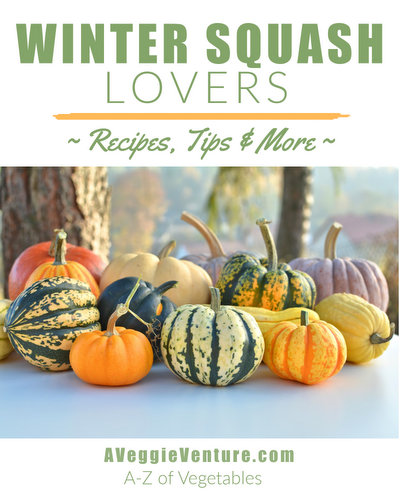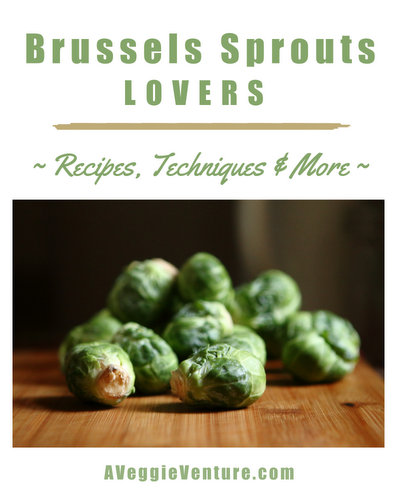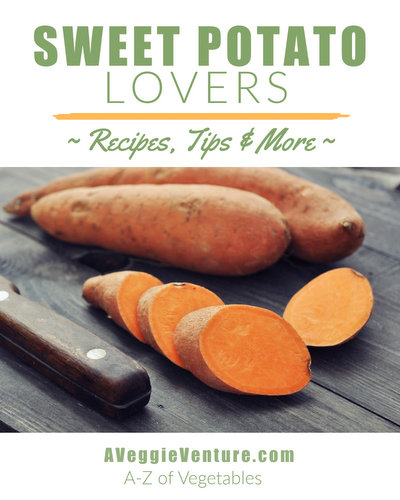Eating Well: The Search for Antioxidant-Rich Vegetables
 (Many thanks to Markus Jordan aka computix for his inspiring photo of a London "fruit" market!)
(Many thanks to Markus Jordan aka computix for his inspiring photo of a London "fruit" market!)When Sweetnicks announced ARF Tuesdays to encourage us all to eat more antioxidant-rich foods, I figured A Veggie Venture was a shoe in. All vegetables are rich in antioxidants, right?
Still, I'm one of those anal types who can follow instructions (and recipes), so yes, I like lists.
Tell me what to do, make it easy and I'm in. (Cook a vegetable every day? No problem, thanks to limited choices. Just a vegetable, thank you, preferably high fiber and low calorie, whether as a side or a soup or on occasion, in cookies and cakes. But pick a dessert for Saturday? Now that's a chore. Chocolate? Fruit? Pie? Cake? Sorbet? Something sublimely simple or ridiculously over the top? Who can decide? Not me.)
So when Sweetnicks helpfully included a recent study's list of the Top 20 antioxidant-rich foods, I sailed from top to bottom seeking out the veggies like a kid plucking marshmallows from his Lucky Charms.
Dried small red beans (so what's wrong with the big ones?). Wild blueberries. Red kidney beans. Pinto beans. Blueberries. Cranberries. Cooked artichokes (so who eats raw artichokes, anyway?). Blackberries. Prunes. Raspberries. Strawberries. Red Delicious Apples (hmm, so much for flavor). Granny Smith Apples (ditto). Pecans. Sweet cherries. Black plums. Cooked russet potatoes (what, now they're picking on raw russets? Come on!). Dried black beans (no size specified). Plums. Gala Apples.Now I'm the first one to savor a handful of berries and chaw on apples and I make a mean plum tart. But WHERE ARE ALL THE VEGETABLES? (Okay, so there are two vegetables on the list. But I only eat artichokes from cans, I know, I know, so plebian ... and Kalyn's got me counting carbs so russets are out.) Where ARE the vegetables? Surely it's an oversight?
The search is on.
I spend an hour on the Internet and find little. I check the U.S. nutrition website. (Not a word.) I check the major medical institutions. (Lots of generalities.) I check Wikipedia. (Even the Wiki people say theirs is not yet a definitive source.)
I check EVerywhere. Sure, lots of companies want to sell me supplements and pills but hey! I just wanna cook an antioxidant-rich vegetable for supper!
PEOPLE: There may be 370,000 Google citations for the Amateur Gourmet but there are only 12,400 references for antioxidant-rich fruits and only 1630 -- 1630! -- for antioxidant-rich vegetables. Nothing against a good grin from Adam, but hey, what's with that?
And even those 1,630 references provide little new information. It's as if the list of antioxidant-rich vegetables is supposed to come pre-embedded in our brains and our diets. (Pass the doritos, please.)
I did find this helpful list, many thanks to the Heart Center from the Cleveland Clinic.
Antioxidant - Good Food Sources
For Vitamin C -- Citrus fruits and their juices, berries, dark green vegetables (spinach, asparagus, green peppers, brussel sprouts, broccoli, watercress, other greens), red and yellow peppers, tomatoes and tomato juice, pineapple, cantaloupe, mangos, papaya and guava.
For Vitamin E -- Vegetable oils such as olive, soybean, corn, cottonseed and safflower, nuts and nut butters, seeds, whole grains, wheat, wheat germ, brown rice, oatmeal, soybeans, sweet potatoes, legumes (beans, lentils, split peas) and dark leafy green vegetables.
For Selenium -- Brazil nuts, brewerÂ’s yeast, oatmeal, brown rice, chicken, eggs, dairy products, garlic, molasses, onions, salmon, seafood, tuna, wheat germ, whole grains, most vegetables.
For Beta Carotene -- Variety of dark orange, red, yellow and green vegetables and fruits such as broccoli, kale, spinach, sweet potatoes, carrots, red and yellow peppers, apricots, cantaloupe and mangos.
Now this makes for one very small world because I know MJ Smith. At least my parents know/knew MJ Smith because for some years we all lived in the same small town, a beautiful little place in Iowa along the Mississippi River, population all of 2000. (Hey! It's still the biggest town in the county!)
So I picked up the phone and called her, right before supper! And we had a delightful visit and I got to tell her all about Kitchen Parade and A Veggie Venture and Sweetnicks' ARF Tuesdays.
And, best yet, while she didn't provide "the list" or even "a list", MJ did explain the difficulty in building such lists. You see, it requires weighting the importance, for example, of Vitamin C vs Vitamin E toward heart health, anti-aging, weight loss and all the many other possible health benefits. (Hmmm. What about the Cleveland Clinic's list? Yep, it says those foods are linked to "reduced risk of cardiovascular disease". That MJ knows her stuff.)
As we talked, we came upon a both practical and inspiring definition that I hope works for you as well as it does for me:
is the list of vegetables you'll actually eat."
(That said, tomorrow I'm going to put some vegetables through the USDA nutrition analysis software and see if I can't figure a list of some sorts.)
+
++
+++
++ + ++
++ ++ ++
+ +
+ + + + +
+ + + + + + +
+ + + + + + + + +
+ + + + + + + +
+ + + + + + +
+ + + + + +
+ + + + +
+ + +
+ +
+
"Among the vegetables showing the highest phenolic content were the artichoke, beetroot, cabbage, broccoli, red chicory, red chili and yellow pepper. ...
Steamed vegetables retained about 80% of the phenolic and ORAC values of raw vegetables; boiled vegetables retained only 30% of antioxidants. The preferred cooking process for vegetables should be steaming at the mildest temperature and for the least possible time to protect phenolics and vitamins. ...
Among the aromatic herbs receiving high ORAC values were garden sage, marjoram, rosemary, garden thyme. Their values are many times greater than those of the vegetables studied.
... introducing aromatic herbs into salads markedly increases the phenolic and ORAC values of the whole salad. Lemon balm and marjoram at a concentration of 1.5% w/w increased by 150% and 200%, respectively, the antioxidant capacity of a salad portion.
... cumin revealed the highest ORAC value, although its phenolic and flavonoid content were not the highest. Fresh ginger also made a significant contribution to the antioxidant capacity."




All in the name of research ... and ARF/5-A-Day Tuesdays! You had me cracking up ... too funny. Check the round-up tomorrow. ;)
ReplyDeleteGreat read! Also I love the final definition you came up with, and I think it's absolutely right.
ReplyDeleteFabulous read, I'll be back often.
ReplyDeleteAnd a GIANT thank you for all your research. Isn't it amazing that there are over 4 million links to pizza! Anyway, my view is not to worry about the USDA nutritional analysis as much as to just make sure there are some rich and vibrant veggies and fruit in the mix.
I had to laugh at your conclusion. It's so right.
ReplyDeleteShort-cut guide to high antioxidant vegetables: Lots of color. (Carrots, spinach, tomatoes, peppers, squash...) I'm buying some purple potatoes at the farmers' market tomorrow.
I know this was posted nearly ten months ago, but I came across it while looking for recipes containing antioxidant vegetables. A paper my professor sent me did a study on common vegetables to determine the relative ORAC values. The order of the veggies studied (highest to lowest): Green Pepper, Spinach, purple onion, broccoli, beet, cauliflower, red pepper, white onion, snap bean, tomato, white cabbage, carrot, and pea.
ReplyDeleteJust in case you're interested, the paper was Analysis of Antioxidant Activities of Common Vegetables Employing Oxygen Radical Absorbance Capacity (ORAC) and Ferric Reducing Antioxidant Power (FRAP) Assays: A Comparative Study, by Boxin Ou, et al. (Journal of Agricultural and Food Chemistry)
Hi Feikoi ... one of the great things about blogs is how their lifespan. This is just excellent. And in fact I'm surprised at the order ... and the fact that onions are included. I haven't really considered them 'vegetables' though obviously cook with them all the time. I guess that needs to change! Thanks so much for taking the time to comment and especially for referencing the source. Alanna
ReplyDeleteI'll steam my veggies next time. Thanks for writing this post.
ReplyDeleteI guess your study is still relevant. I went looking for antioxidants in veggies today since I am trying to avoid fruit. Surprising information, thanks for saving me a lot of searching.
ReplyDeleteThis comment has been removed by a blog administrator.
ReplyDeleteThis comment has been removed by a blog administrator.
ReplyDelete